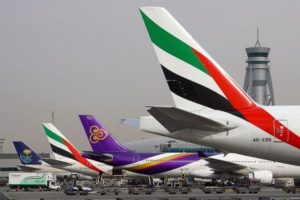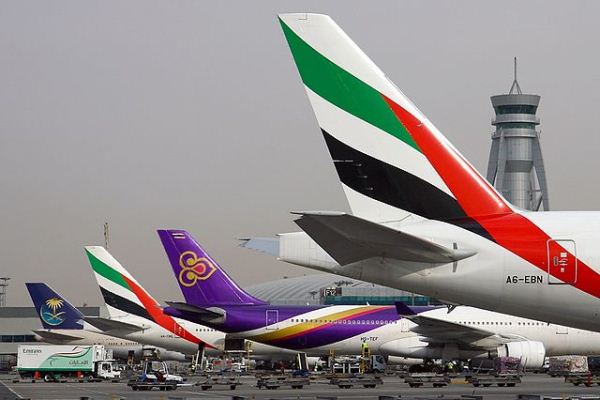 Sentiment is overwhelmingly positive in the aviation industry currently, although stakeholders anticipate an increasingly competitive environment over the next five years, according to Norton Rose Fulbright’s “The Way Ahead: Transport Survey 2017.”
Sentiment is overwhelmingly positive in the aviation industry currently, although stakeholders anticipate an increasingly competitive environment over the next five years, according to Norton Rose Fulbright’s “The Way Ahead: Transport Survey 2017.”
The newly released report by the global law firm said 90% of respondents believe that current market conditions are favorable for their industry, attributing their outlook to the availability of funding for investment, improved economic conditions in key markets, and continued lower oil prices.
Of the 10 percent who believe otherwise, they cite competition from a combination of traditional competitors, new market entrants, new modes of transport, overcapacity, and economic uncertainty in key markets.
Looking ahead, 74% of the polled expect competition to become more aggressive over the next five years, and 83% believe that the number of routes and services offered will increase. Perhaps as a result of the expected increase in competition, just 34% forecast that fares will rise during this period, even though 72% expect an uptick in fuel costs.
Respondents appear divided on the optimal investment opportunity for the aviation industry currently, said the report. While 25% point to the development of new markets, both geographical and sectoral, 17% point to the purchase or leasing of aircraft, favoring new rather than used aircraft, and narrow-body rather than wide-body or regional aircraft. A further 17% highlight infrastructure improvements.
Despite the limited interest in investment in new technology generally, big data and predictive analytics finds enthusiastic supporters among respondents from the aviation industry, added the paper.
“The ability to anticipate passengers’ behaviour, as well as maintenance issues and repairs, will be the form of technology that will be the biggest driver of change in the aviation industry over the next five years according to 47 percent, and is likely to give the operators who adopt this technology a clear competitive advantage.”
On the greatest challenge to the operational efficiency of the aviation industry, inadequate infrastructure was the biggest concern, followed by a lack of suitably qualified people, and supply and demand imbalances.
Respondents say increased capacity is the infrastructure investment that would benefit their industry the most over the next five years. They opine that most investments should go to the development of new airport capacity in emerging markets, with investing in air traffic control and establishment of additional capacity at existing airports also considered good moves.
While the aviation industry is overwhelmingly optimistic currently, apprehensions are being expressed regarding the threats posed over the next five years by global political uncertainty, global recession, and terrorism.
When asked which regulation has had the greatest impact on the industry over the past decade, the most common answer is the uncoordinated approach to aviation regulation globally, followed by the regulation of competition and barriers to entry, and by fragmented and bilateral air service agreements.
Negotiating coordinated air service agreements is at the top of the aviation industry’s wish list for government support, particularly Open Skies agreements. Also seen to be in need of government support are the removal of barriers to foreign investment and the reduction in passenger and fuel taxes.
Finally, China offers the best investment opportunities over the next two to five years, according to almost one-fourth of the survey participants. India and the U.S. are also popular markets. Regionally, Asia is the most popular investment market, favored by 55%.
Photo: Konstantin von Wedelstaedt





